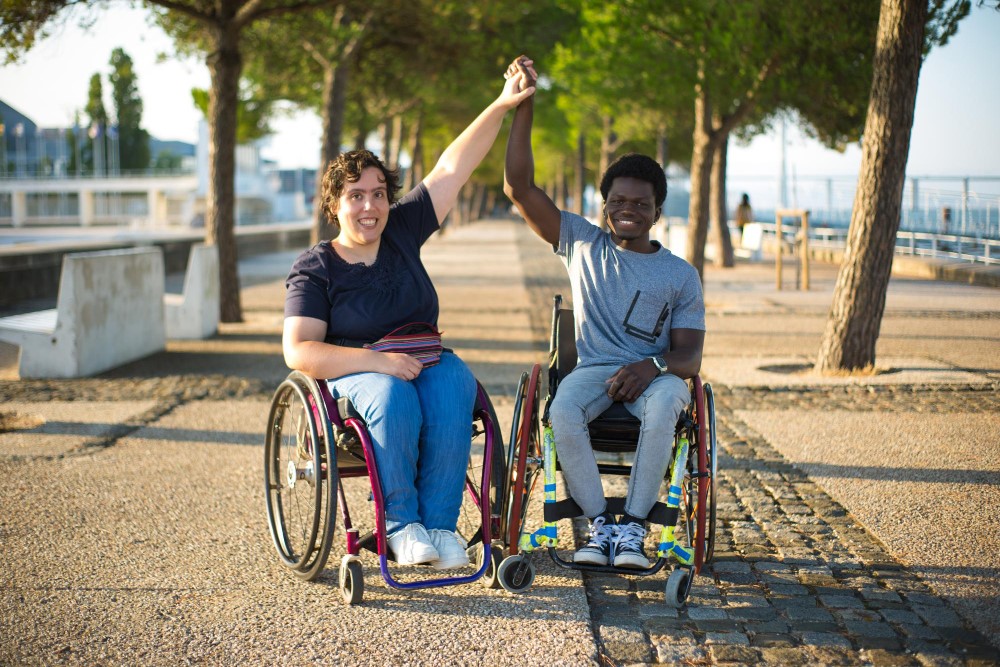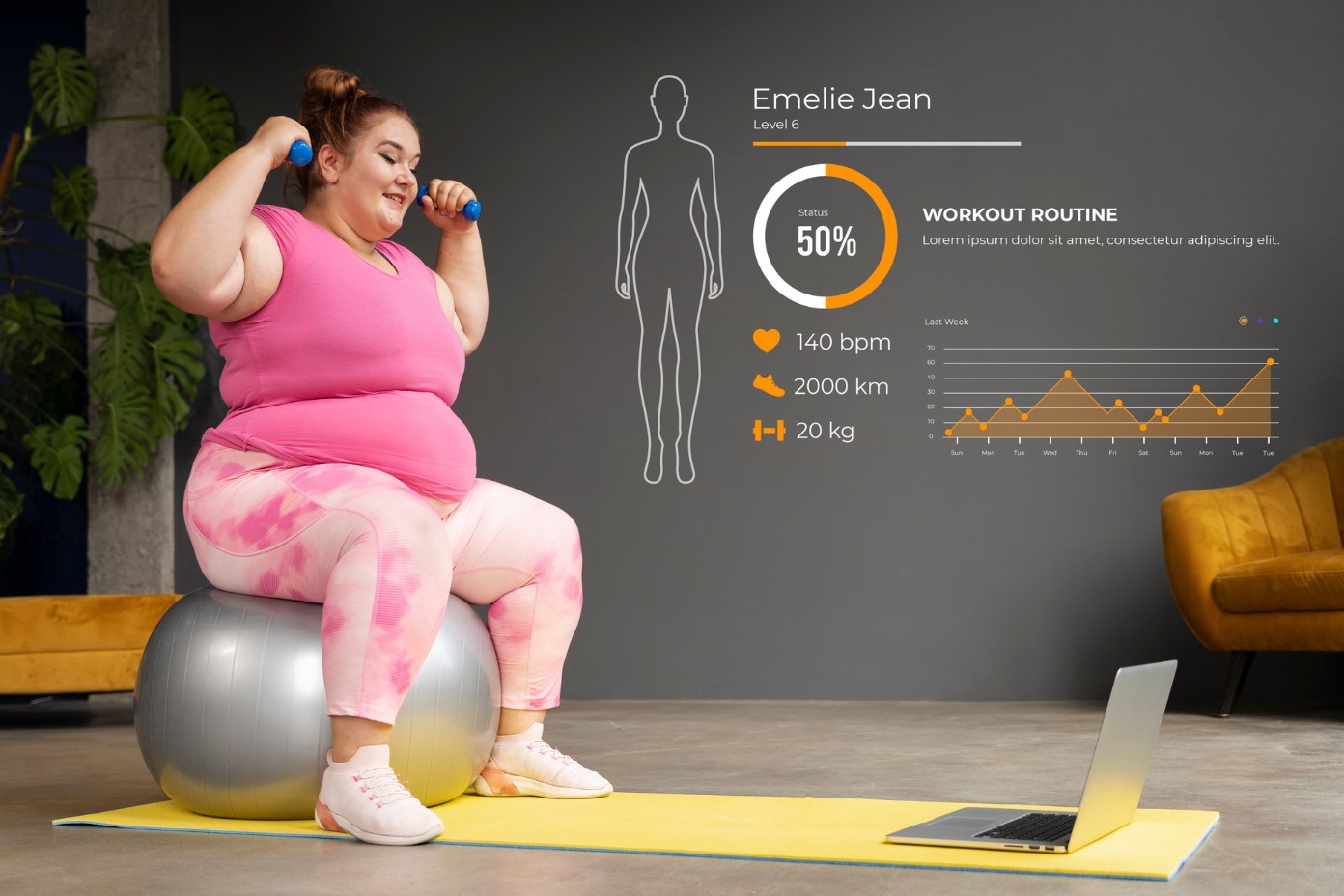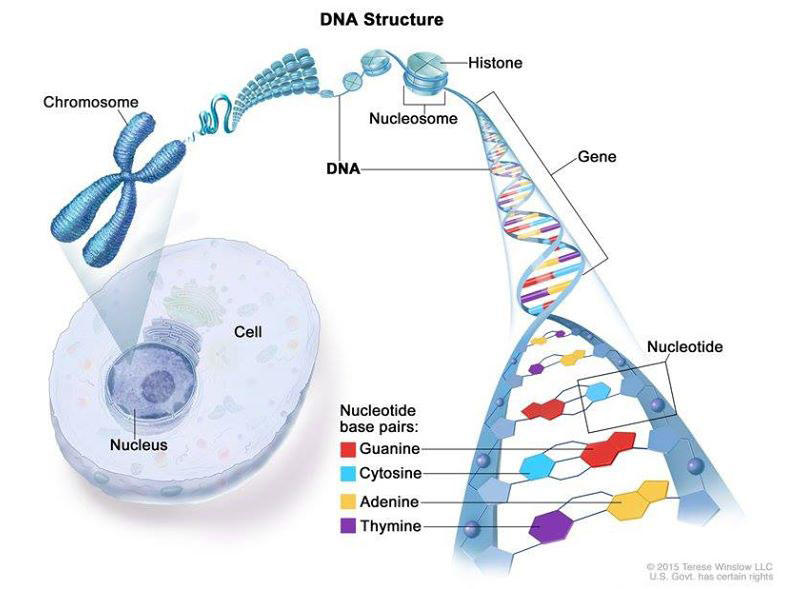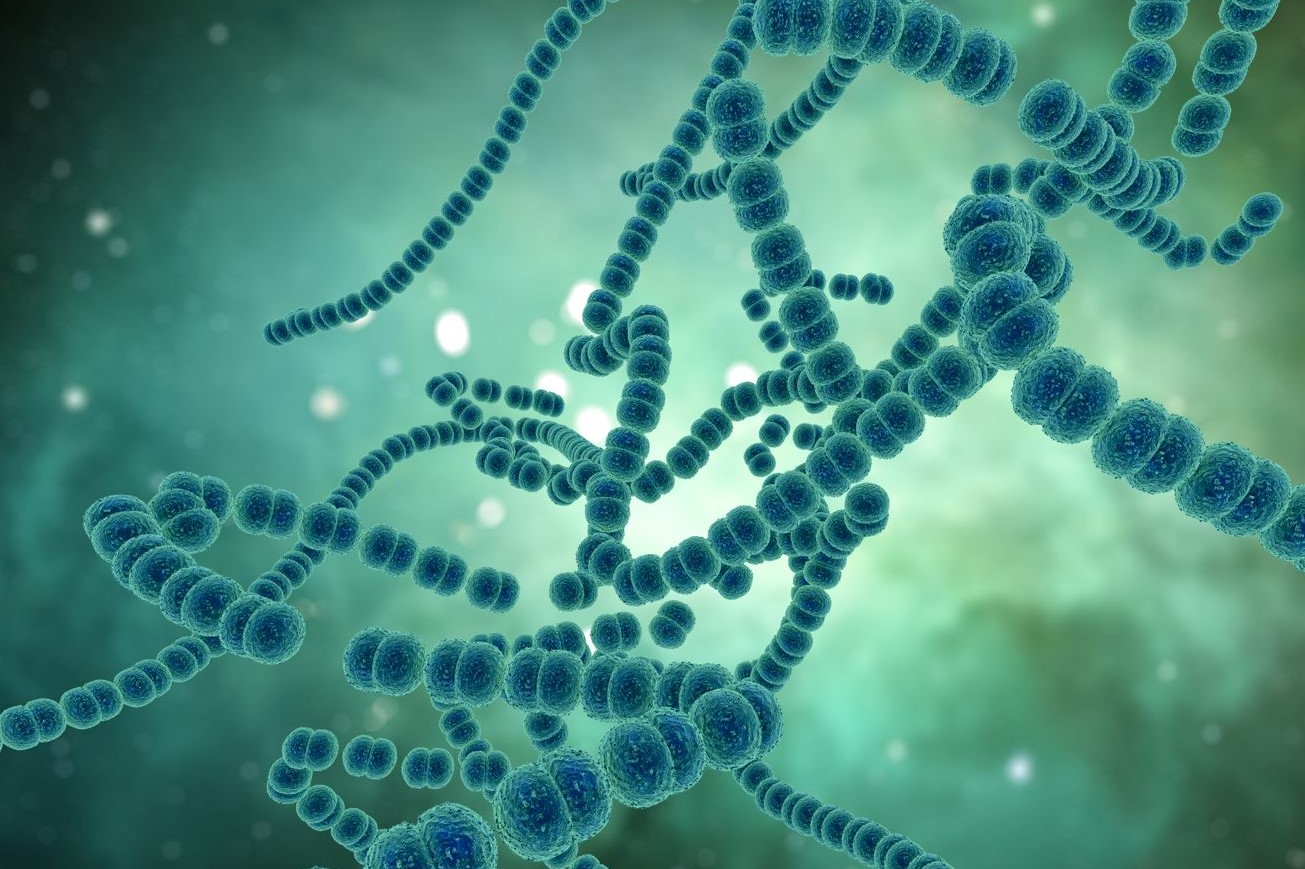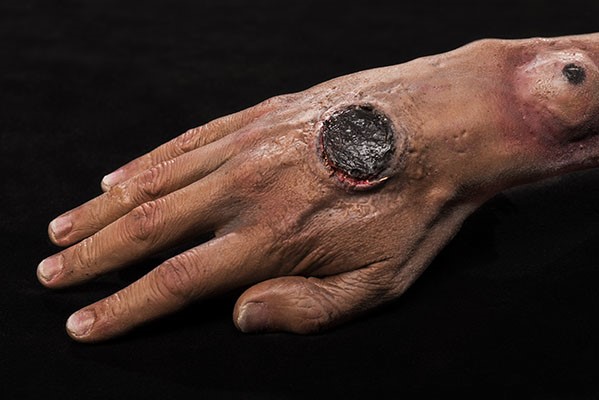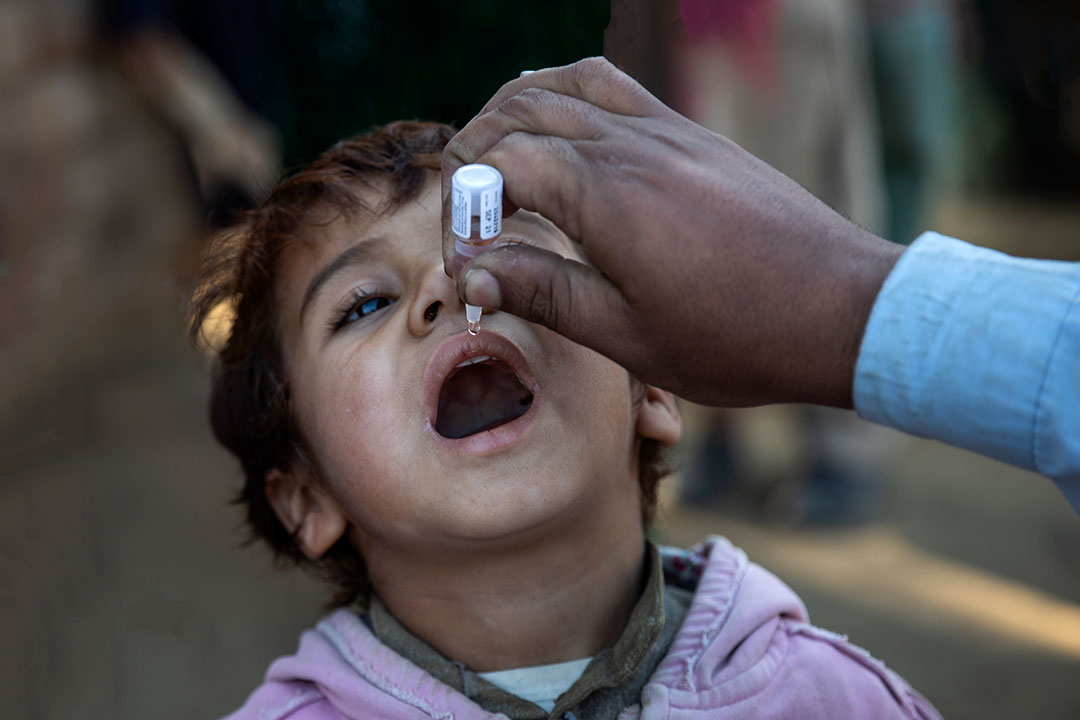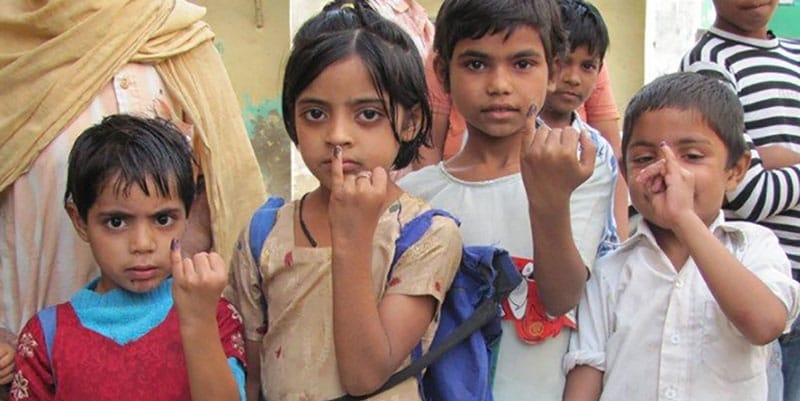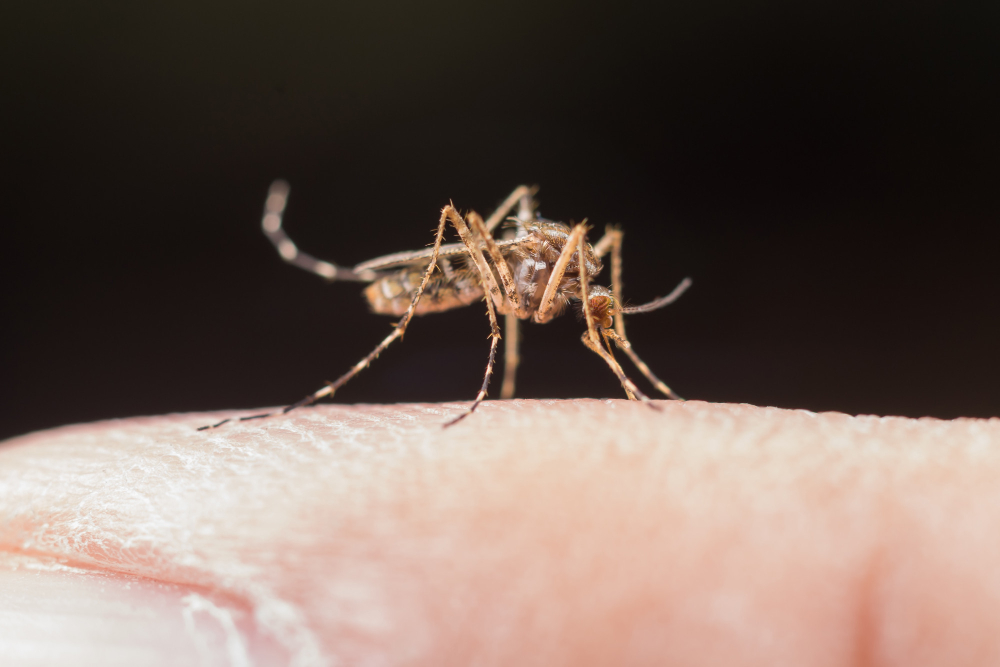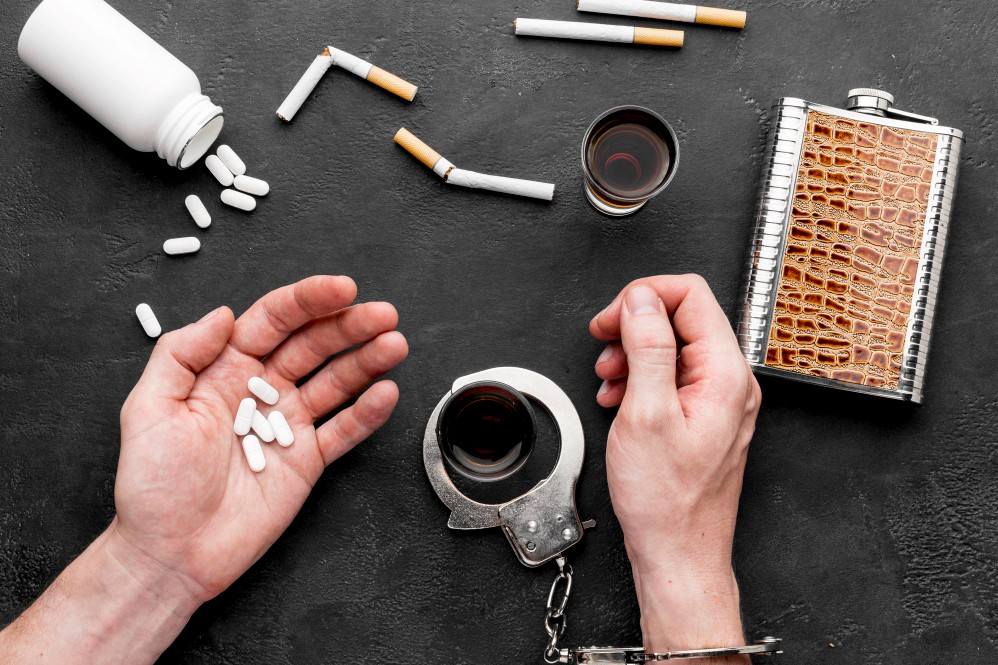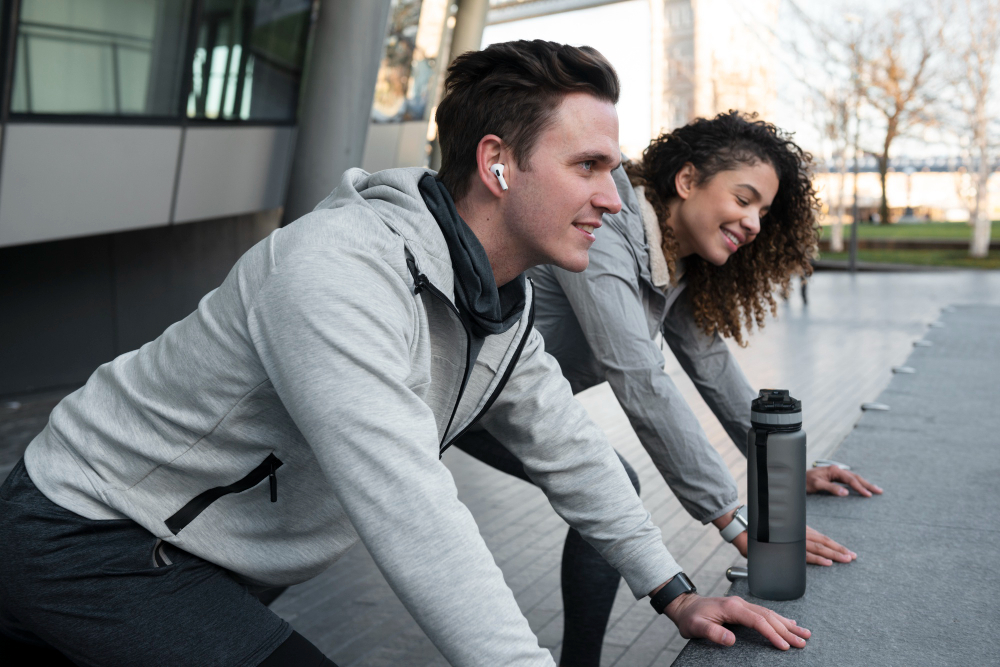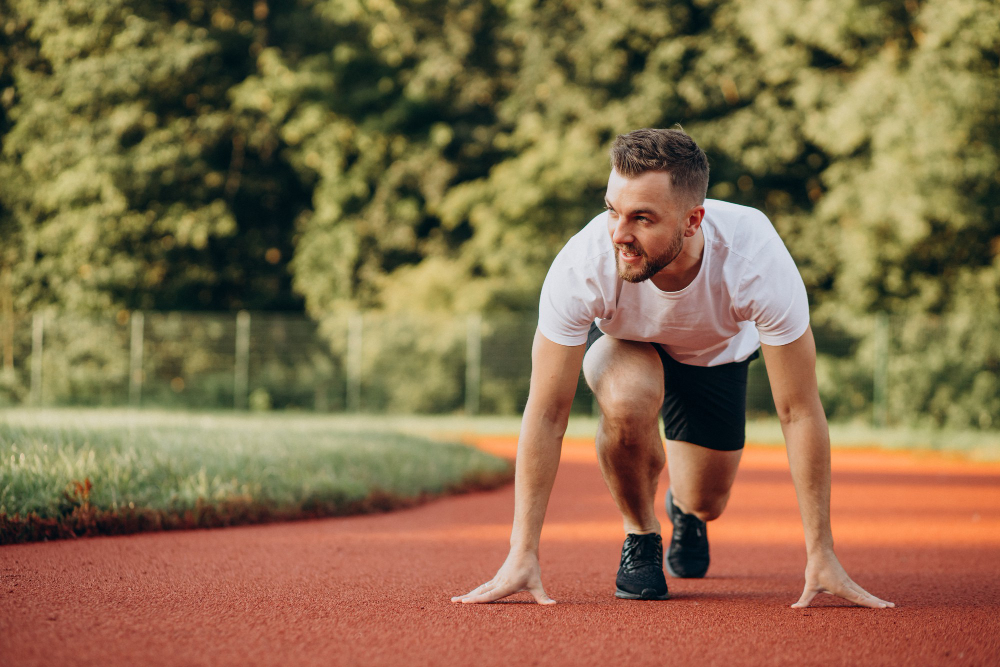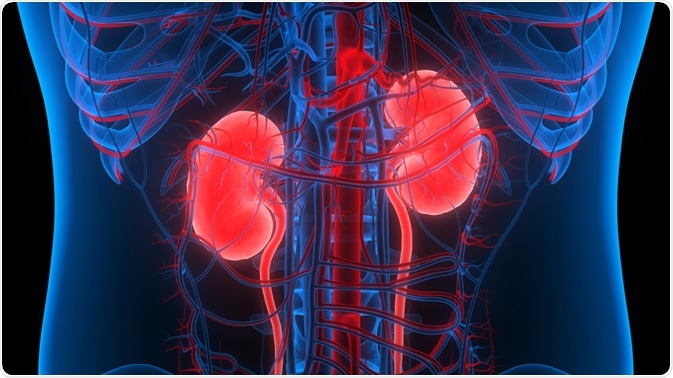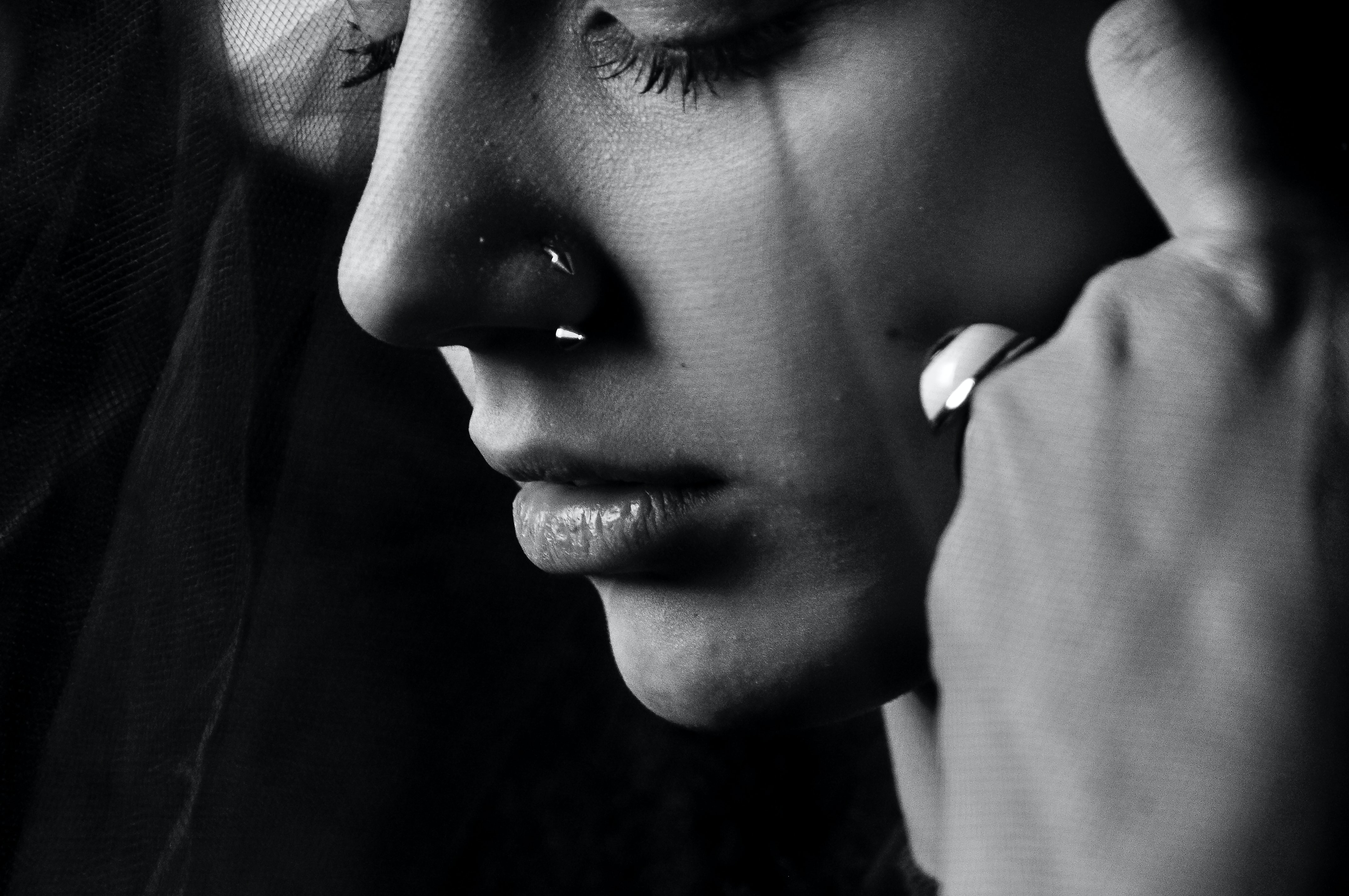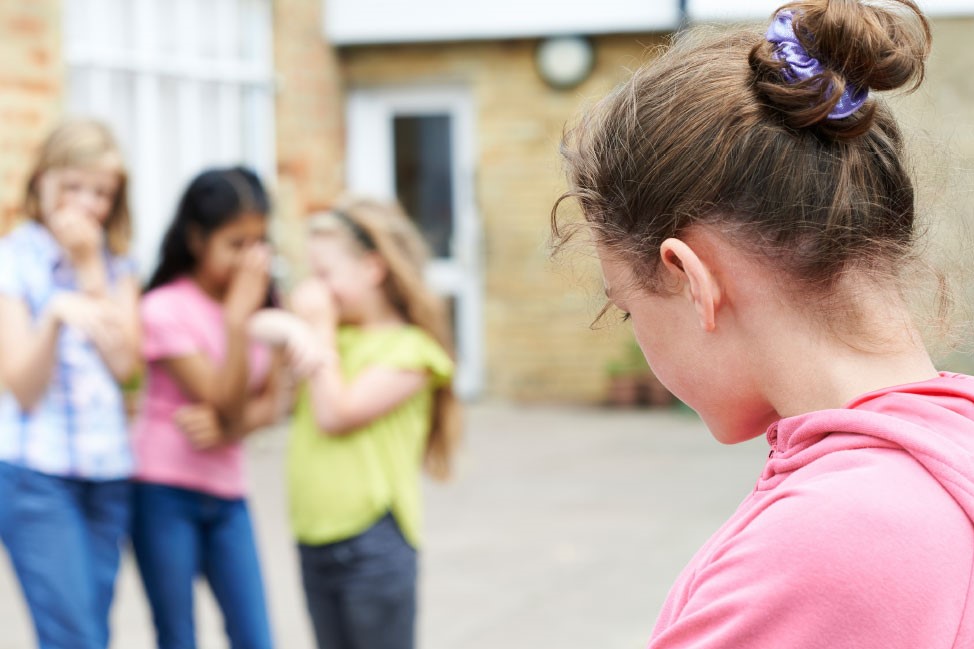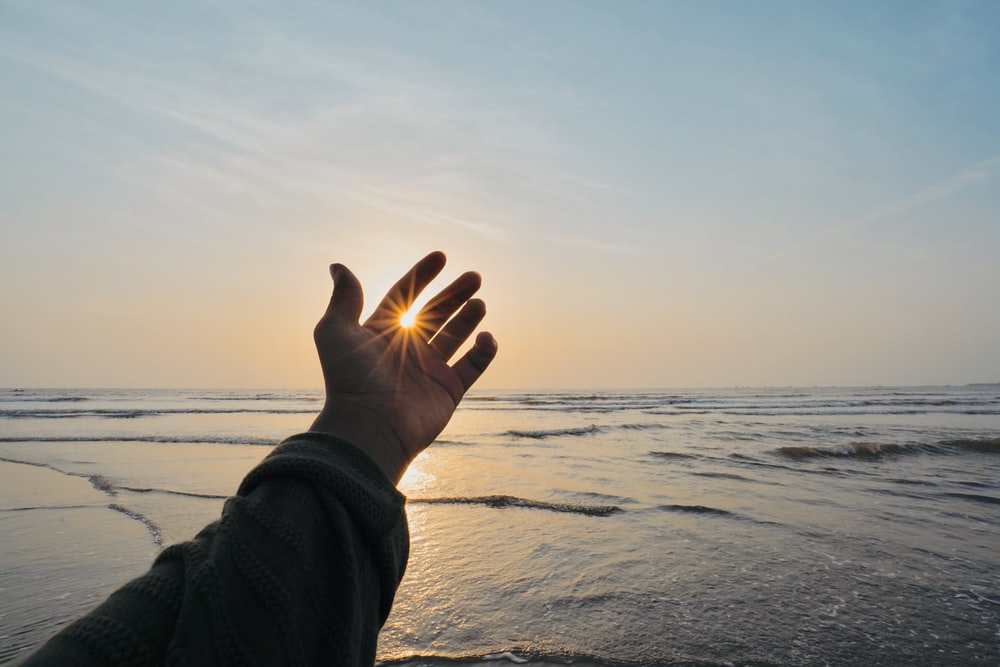Every year, on December 3rd, the world comes together to observe International Day of Persons with Disabilities, also known as World Disability Day. This day is a powerful reminder of the importance of recognizing, understanding, and advocating for the rights and well-being of people with disabilities.
The theme of World Disability Day varies from year to year, reflecting the diverse challenges and opportunities faced by individuals with disabilities worldwide. However, the overarching goal remains constant: to promote inclusivity, raise awareness, and foster a more accessible and equitable society for all.
Embracing Diversity:
One of the most profound aspects of World Disability Day is its celebration of diversity. Disabilities come in many forms, ranging from physical impairments to cognitive, sensory, and intellectual challenges. Each person’s experience is unique, shaped by their individual circumstances, abilities, and aspirations.
By acknowledging and embracing this diversity, World Disability Day highlights the richness and complexity of the human experience. It reminds us that disability is a natural part of the human condition, and it does not define a person’s worth or potential.
Promoting Inclusion:
Inclusion lies at the heart of the disability rights movement. It’s about creating environments where everyone, regardless of their abilities, can fully participate, contribute, and thrive. This involves not only removing physical barriers but also addressing social, cultural, and attitudinal obstacles that can marginalize people with disabilities.
World Disability Day serves as a catalyst for action, inspiring individuals, communities, and policymakers to work towards greater inclusivity. It calls attention to the importance of accessible infrastructure, inclusive education, equal employment opportunities, and meaningful participation in all aspects of society.
Raising Awareness:
Awareness is a powerful tool for change. World Disability Day provides a platform to educate the public about the realities of living with disabilities and the barriers that many individuals face on a daily basis. It challenges stereotypes, dispels myths, and fosters empathy and understanding.
Through storytelling, advocacy campaigns, and educational initiatives, World Disability Day amplifies the voices of people with disabilities and their allies. It encourages open dialogue and promotes a more nuanced understanding of disability as a social and human rights issue.
Building a More Inclusive Future:
As we commemorate World Disability Day, we are reminded of the progress that has been made in advancing disability rights and accessibility. However, we also recognize that there is still much work to be done.
Building a more inclusive future requires collective effort and commitment. It requires us to listen to the needs and perspectives of people with disabilities, involve them in decisionmaking processes, and ensure that their rights are upheld and respected.
On this World Disability Day, let us reaffirm our commitment to diversity, inclusion, and equality for all. Let us strive to create a world where every person, regardless of their abilities, can live with dignity, autonomy, and full participation in society. Together, we can make a difference and build a more inclusive and equitable world for generations to come.
- Doli Jindal
- March 18, 2024
